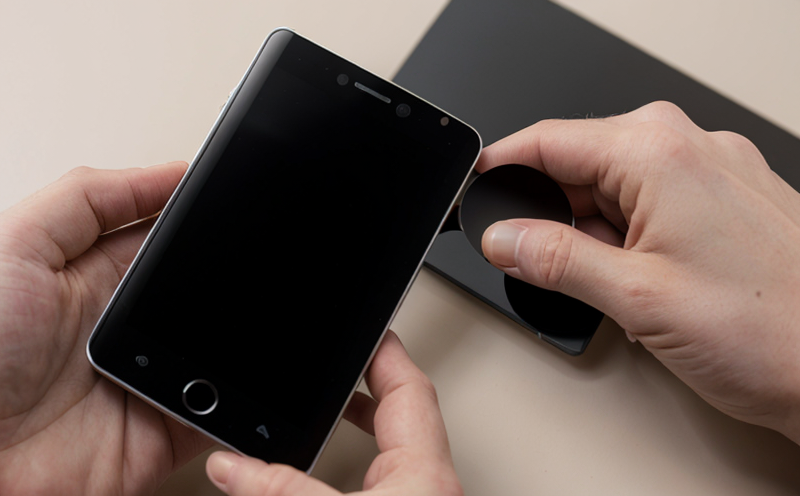ASTM D4587 UV Exposure of Nano Thin Coating Surfaces
The ASTM D4587 test method is specifically designed to evaluate the resistance of nano thin coating surfaces to ultraviolet (UV) radiation. This standard is particularly critical for materials that are exposed to outdoor environments, such as architectural coatings, automotive finishes, and electronic components.
The UV exposure test simulates the effects of solar radiation, which can degrade many types of coatings over time. By subjecting nano thin coating surfaces to controlled UV irradiation, ASTM D4587 allows for accelerated aging assessments that mimic long-term outdoor exposure conditions in a shorter timeframe. This is especially valuable for R&D and quality assurance teams who need reliable data on the durability of their materials.
The test involves exposing specimens to high-intensity UV light from a xenon arc lamp under specific atmospheric conditions (e.g., humidity, temperature). The specimen's resistance to degradation is then evaluated based on changes in color, gloss, thickness, and other relevant properties. This method ensures that coatings are tested at their most vulnerable stages of exposure.
ASTM D4587 provides detailed guidelines for the preparation and handling of nano thin coating samples. Specimens must be carefully prepared to ensure uniformity across all test replicates. The testing process involves precise control over exposure time, wavelength, and environmental conditions. The results provide critical insights into the stability and performance of coatings under real-world conditions.
The ASTM D4587 UV Exposure Test is widely recognized for its ability to predict long-term durability by simulating the effects of natural weathering. This makes it an essential tool in industries where materials are exposed to significant environmental stresses, such as aerospace, automotive, and construction sectors.
Industry Applications
| Application Sector | Description of Application |
|---|---|
| Aerospace | Ensuring the longevity of aircraft coatings in harsh environmental conditions. |
| Automotive | Evaluating the durability of car finishes and underbody protection against UV damage. |
| Construction | Assessing the weather resistance of architectural coatings used in exterior surfaces. |
| Electronics | Testing the resilience of thin layers on electronic components exposed to UV light. |
- Aerospace coatings: Protecting against UV-induced fading and degradation over extended periods.
- Automotive finishes: Ensuring durability under continuous exposure to sunlight and environmental factors.
- Construction materials: Evaluating the impact of UV radiation on exterior building materials.
- Electronics components: Assessing the integrity of protective layers in devices exposed to UV light.
Why Choose This Test
- Predictive of long-term durability under real-world conditions.
- Absolutely essential for R&D and quality assurance teams in material science.
- Provides detailed insights into the performance of nano thin coating surfaces.
- Allows for accelerated testing to save time and resources compared to natural aging methods.
| Advantages | Description |
|---|---|
| Predictive of long-term durability | The test simulates real-world conditions, providing reliable data on the aging process. |
| Accelerated testing | Saves time and resources by allowing shorter exposure times to achieve similar results as natural aging. |
| Detailed insights into performance | The test provides comprehensive data on the physical properties of nano thin coatings under UV exposure. |
Competitive Advantage and Market Impact
Evaluating nano thin coating surfaces using ASTM D4587 can provide significant competitive advantages in the market. By ensuring that products meet or exceed industry standards, companies can differentiate themselves from competitors who do not follow such rigorous testing protocols.
This test is particularly useful for industries where the durability of materials under UV exposure is a critical factor. For instance, aerospace manufacturers can use this method to ensure their coatings maintain their integrity over long flight durations and in various climates. Similarly, automotive companies can rely on it to enhance the longevity of their vehicles' finishes.
The ability to predict material performance under real-world conditions allows for more informed decision-making during product development. This leads to higher-quality products that are more likely to meet customer expectations and regulatory requirements. Consequently, businesses leveraging ASTM D4587 can gain a stronger foothold in competitive markets by delivering reliable and durable products.





